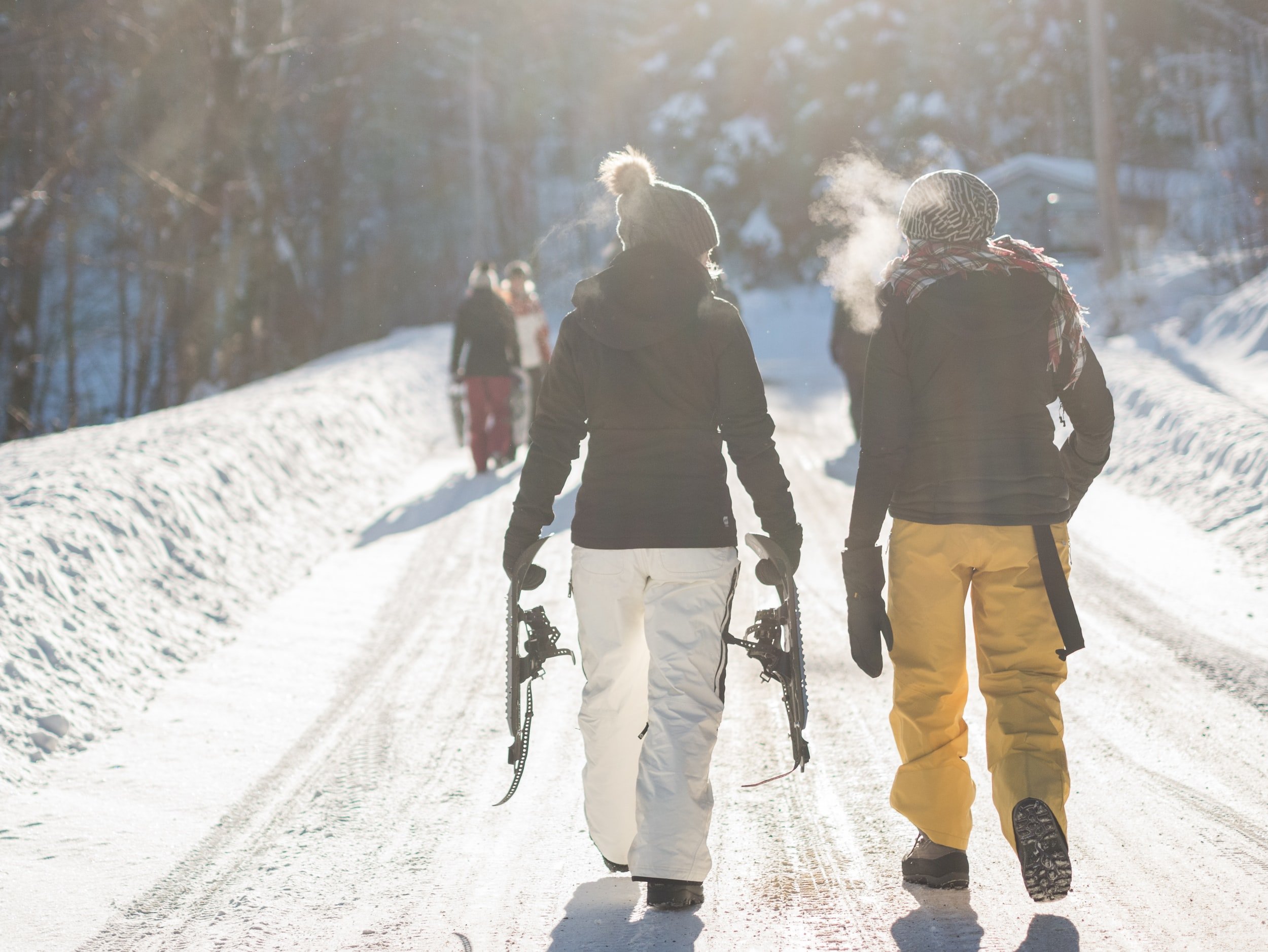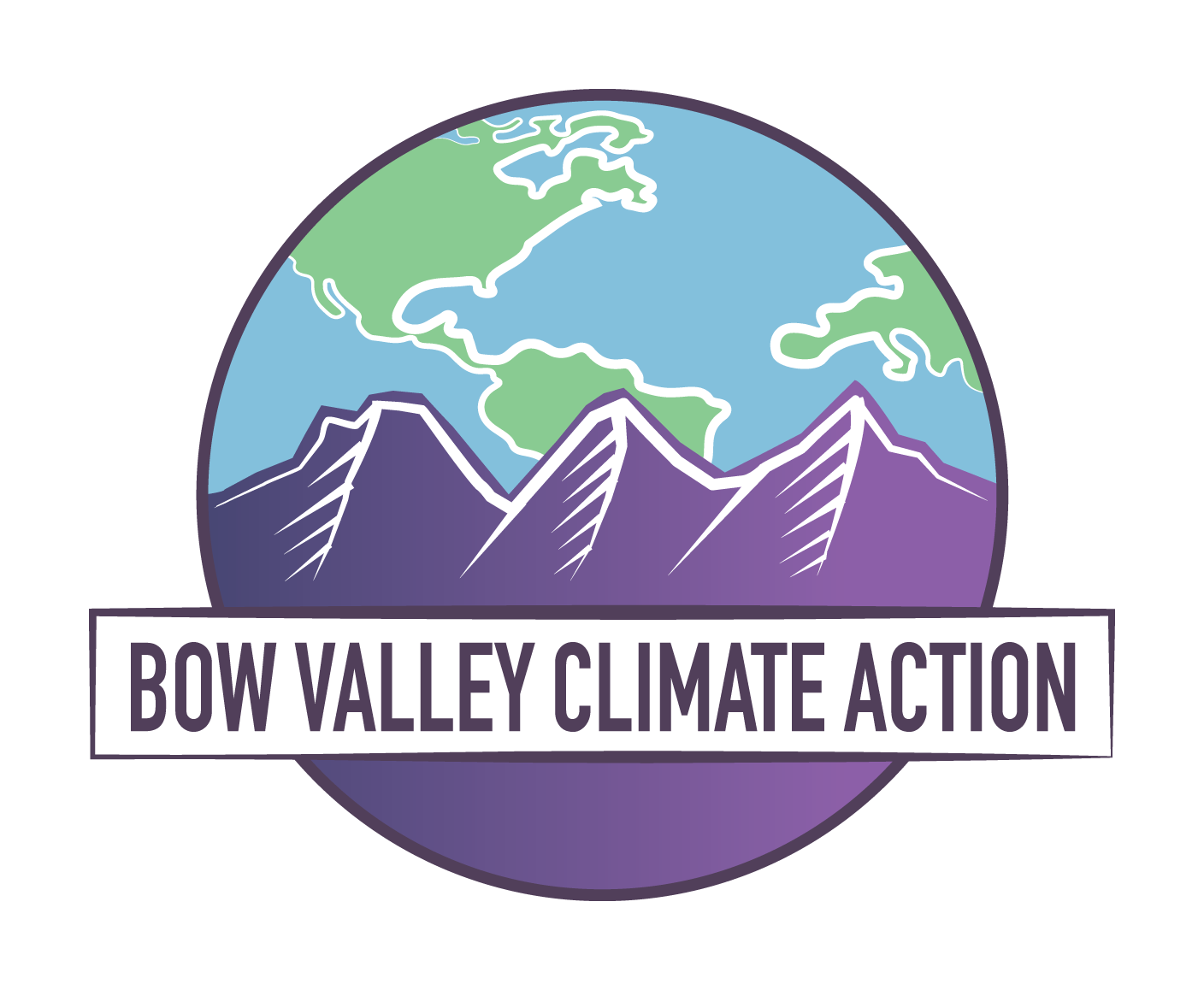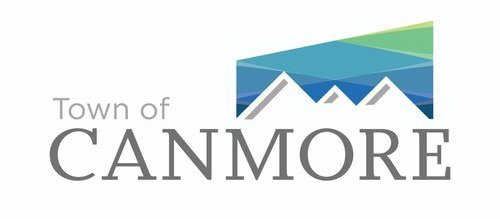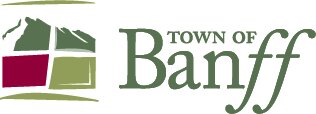
About Our Envisioning & Preparing for Our Low-Carbon Future Project
Thanks to funding from the Banff Canmore Community Foundation, the Town of Banff, and the Town of Canmore, from 2021-2022 we ran our “Envisioning & Preparing for our Low-Carbon Future Project” where we facilitated a series of virtual educational events around the topics of:
Zero-emission vehicles;
Lowering building emissions;
Low-carbon food choices;
And climate action communication leadership.
Check out these e-resources below!
Zero-Emission Vehicles Resources
Did you know? Transportation is the second largest source of greenhouse gas (GHG) emissions in Canada, accounting for a quarter of Canada's total GHG emissions with almost half of these emissions coming from cars and light trucks (Transport Canada, 2022).
In Canmore, transportation accounted for 40% of the community’s GHG emissions in 2015 (Town of Canmore Climate Action Plan, December 2018), and in Banff, transportation accounted for 58% of emissions (Town of Banff Renewable Energy Transition Roadmap, December 2019).
One way to reduce the amount of transportation-related GHG emissions is to put more zero-emission vehicles (ZEVs) on the road (Transport Canada, 2022).
Electric Cars and Electric Bikes are examples of ZEVs, and being increasingly used in the Bow Valley. Learn more about Electric Cars and Bikes in the Bow Valley through the resources below.
What’s it like to own a zero-emission vehicle (ZEV)?
What's it like to Own an Electric Vehicle: Experiences in the Bow Valley
E-Bike Short: E-Bikes + Accessibility
How can we prepare our communities & businesses for a zero-emission vehicle future?
Taking Charge of Your Commute: E-Bikes in the Bow Valley
E-Bike Short: E-Bikes in the Town of Banff
Reducing Building Emissions Resources
Residential, commercial and industrial buildings account for 17% of Canada’s GHG emissions (Senate of Canada, 2018), and in the Bow Valley, our homes, commercial buildings and institutional buildings account for approximately 40% to 50% of the total greenhouse gas emissions (GHGs).
The Senate of Canada’s “Report of the Standing Committee on Energy, the Environment and Natural Resources” (2018) indicates that the largest source of emissions in homes and buildings is the burning of fossil fuels for space heating. This report suggests three ways to reduce emissions from space heating: increasing the insulation and airtightness of buildings; improving the energy efficiency of heating equipment and appliances; and switching from heating with fossil fuels to heating with non-emitting electricity, where possible.
Learn more about innovative ideas and policy options for reducing building emissions in the Bow Valley below.
Community Innovation Panel – How Can We Reduce Building Emissions Together?
Under A New Roof: Energy Efficient Buildings
Low Carbon Food Choices
In Canada, agriculture accounts for between 9-12% of our total greenhouse gas (GHG) production, and we have a unique opportunity to utilize our consumer purchasing power to reduce our carbon “food”print by understanding how greenhouse gas emissions are produced from production to distribution to disposal.
Some tips to reduce the carbon footprint of your meals in the Bow Valley are:
To consider eating fewer meat and dairy products;
To reduce the consumption of food produced using synthetic nitrogen;
To buy food from organic, regenerative and ecological farmers;
To prevent food waste
To compost food scraps (there are compost bins around Banff and Canmore!); and
To advocate for policy and societal changes that can make the above happen!
Learn more about how we take steps to reduce the GHG emissions of our meals below!
What’s the carbon footprint of my meal?
How the Town of Banff is Working to Reduce Food Waste
Climate Action Communication
How we communicate and advocate for climate action can look different, depending on who we are talking to. Finding ways to talk about our energy & climate future that build bridges and enable community conversations is foundational to creating environmental change.
We invited the Alberta Narratives Project to run a virtual workshop with us in the Bow Valley to help uncover language and narratives that reflect the values and identities of Albertans, and to find ways of talking about our energy-climate future that build bridges to better community conversation. Watch this workshop below!
Bow Valley Alberta Narratives Project
This event series has been made possible by:




